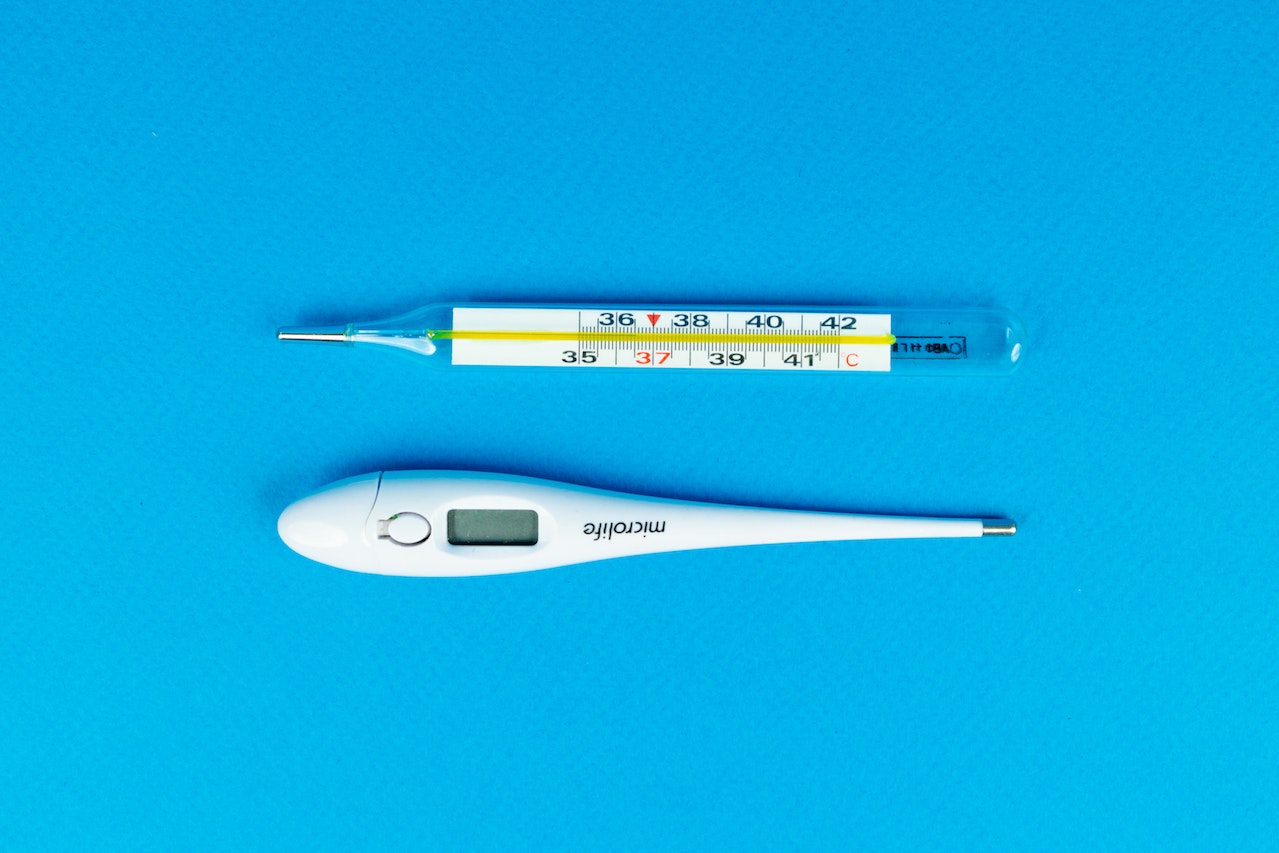Are there enough resources and raw materials to meet the ecological transition? Does innovation and technological development help or can they be a hindrance? Are there alternatives to high-tech? Renewable Matter has asked Philippe Bihouix, an engineer, author of The Age of Low Tech: Towards a Technologically Sustainable Civilization (Bristol University Press, 2020 https://bristoluniversitypress.co.uk/the-age-of-low-tech ), and deputy general manager of AREP, a multidisciplinary architecture agency with more than 1,000 employees, operating in France, Europe, and Asia.

ph Maxime Huriez (Arep)
Do we have enough critical metals and raw materials available to transform our economic system and meet decarbonization goals?
Metals are nonrenewable resources, which means that the "stocks," or exploitable reserves, have been concentrated over millions of years by various geological, atmospheric and biological processes. What we extract is not replaceable in the time horizons of our civilization.
The stocks at stake are potentially gigantic, and technological progress is helping us access more and more reserves; that is why we have not addressed global scarcity until now. According to the official definition, a "reserve" is a geologically identified, technologically and economically extractable resource. So, each of these three parameters helps to "push back the limits": we continue to explore and discover new potential geological resources; technological innovation (e.g., hydrometallurgy) allows us to manage and exploit less rich deposits, and even sometimes to extract rare metals from ancient mining tailings; rising prices also help, as more copper reserves are accessed with market prices of $6,000 per ton, up from $3,000.
So, can we say that we will continue mining as long as it is economically viable? Where is the limit?
In theory, there is no limit. For example, we exploit gold at a rate of 1-5 g recoverable from a ton of ore. For copper, it goes up to 5-20 kg per ton, and for iron, it goes up to 300-600 kg. This is possible because we "agree" to pay gold more than copper and copper more than iron. Geologists and economists generally agree: it is a matter of time, but supply and demand will influence the price and thus the availability of metals.
There is also a potential environmental challenge: the "poorer," less concentrated, deeper and less accessible deposits will require more and more energy, especially fossil fuels, to exploit. However, decarbonization – a necessity for climate mitigation and the future depletion of oil fields – requires an increasing amount of various metals, causing our technological and industrialized world to enter a kind of vicious cycle: less accessible metals requiring more energy, less accessible energy requiring more and more metals.
What is your opinion on the European Critical Raw Materials Act?
There are four levers activated by the EU to try to avoid shortages of critical raw materials in the near or intermediate future: develop their own mining industry; conduct more active "resource diplomacy" and diversify sources of production; push technological innovation to move from rare metals to more common metals (e.g., sodium-based batteries instead of lithium); push for better recycling.
European mining development is likely to be relatively marginal: cost, environmental parameters, and social pushes are likely to limit opportunities. Diversification of supply sources, on the other hand, is essential. However, in the long run, it may not be so simple. Some countries that are now considered stable and democratic – and therefore possible trading partners – may not maintain these characteristics.
Technological innovation will certainly help in finding solutions that require resources that we have greater availability of, but there is always some time lag between technical breakthroughs and affordable ready-to-deploy processes. Industries must obey economic rules such as depreciation and cannot so easily write off long-term investments.
What about actions to recycle materials?
Recycling is an extremely powerful lever. In theory, metals can be recycled indefinitely without losing their technical characteristics. However, in reality, this is more complex, because we have entered a high-tech world. High-tech innovations come with strong constraints. First, they typically incorporate more and rarer resources. These resources could be recycled, but in practice it is too complex or too expensive; therefore, resources are literally "consumed"; in fact, dispersed in water and soils, waste, and landfills.
Second, we rely on more efficient solutions that can reduce the consumption of energy and resources to provide goods and services. We are becoming more efficient; this is a reality and a competitive factor for companies, especially when prices rise as high as they do today. But, on the one hand, efficiency can create additional consumption in other areas (e.g., smart cities or autonomous cars require powerful telecommunications networks and data centers); on the other hand, efficiency is often annihilated by the rebound effect, discovered by economist William Stanley Jevons in the mid-19th century: when we become more technically efficient, goods and services can cost less, become more economically efficient, and demand advances. Each unit consumes fewer resources, but the number produced increases. This is true everywhere: automobiles have better engines but are bigger, jet engines consume less fuel but we take more planes, digital services become more environmentally friendly but we produce, transmit, store more and more data.
So, what does it mean to switch to low-tech?
It is an approach rather than a label. It means trying to reduce the need for nonrenewable resources and reaping the benefits of technical innovation while also implementing social, cultural, behavioral, and organizational innovation. The first lever is sobriety, sufficiency: how to build and need less of everything from packaging and everyday objects to buildings and infrastructure. The Intergovernmental Panel on Climate Change (IPCC) also advocates this: sufficiency (not just efficiency) is a powerful lever that will be needed to lead the environmental and energy transition. Without sufficiency, we will not succeed.
The second lever is repairability: considering all our objects as resource stocks, getting out of our linear economy and inventing the age of maintenance. This will be easier if some of the objects we use become simpler, more modular, and easier to understand and repair. Hence the low-tech.
The third lever is techno-discernment: in many cases, high-tech objects and systems are useful (e.g., in hospitals); but in many others, technological enrichment is just a silly marketing trap. We need to discuss in each case the real usefulness of the objects we conceive and design.
Moving from theory to practice, could you give some concrete examples?
We can build fewer square meters by intensifying the use of existing housing stock. Schools can accommodate local associations and clubs; sports areas can accommodate weekly markets.
Speaking of object design, an example related to the health crisis: thermometers can still be simple glass and alcohol thermometers. Of course, they can break if you are unlucky. But with digital thermometers, you're bound to have a problem after a few months: by the time you need one, the battery will be dead, the electronic board will be corroded by the damp atmosphere in the bathroom, the screen will stop working…
Is society ready for this transition?
For centuries, exactly since Francis Bacon's The New Atlantis, humanity has dreamed of universal happiness through technological progress. And it is indisputable that the application of our scientific knowledge to all human activities has brought many people (but not all, and this is one of the critical points) material abundance, comfort, security, access to medicine, and culture. The progress of digital devices and systems has been, among other things, absolutely impressive.
But, first of all, we are not necessarily "happier" today than we were a few decades ago. Second, sometimes we dream a little too much, or too fast. In the 1950s we were convinced that soon we would have, thanks to free nuclear energy, flying cars, private jets and vacations on the moon.
Today we dream once again of Hyperloops, smart cities, autonomous cars and the metaverse. We may have the same disillusions, because resources – not only geological, but also human, financial, and organizational – are limited. Some changes happen quickly, some do not.
Speaking of scarcity, going back to minerals and critical raw materials, what are the "specially guarded" resources?
Copper is a good example because it shows that problems could also arise for "big" industrial metals, and not only for "rare" metals or rare earth elements, which, by the way, are not particularly rare geologically.
If we look at the medium term, who are the "good" candidates for scarcity? Obviously metals that are rather scarce from a geological point of view (platinoids, tin, silver…), that are very unevenly distributed on the planet or for which production is highly concentrated (tungsten, cobalt, niobium).
But also metals that are extremely difficult to replace. This is where we find copper, irreplaceable for electrical applications, but also tin for soldering, including in electronics; then nickel and chromium for stainless steel, tungsten for tools, cobalt and silver for chemical applications. Finally, metals with low recycling rates such as gallium, germanium, indium, tantalum, and rare earth elements.
In fact, the scarcity problem will come mainly from demand growth. Depending on our choices, the future may look very different: a 2-ton car fleet with 800 kilometers of range will use 10 or 15 more batteries (and thus lithium, cobalt, nickel, or other materials) than a 700-kilogram car fleet with 200 kilometers of range.
Will the circular economy help us?
The circular economy is obviously very important. If we can make progress in recycling rates, we greatly enlarge the medium- and long-term prospects. For the same volume needed, increasing the recycling rate from 50 percent to 90 percent multiplies the reserves by a factor of 5; going from 90 percent to 99 percent would still multiply them by a factor of 10! Of course, these are very theoretical figures, and the volumes needed are not currently stable but growing. There is no "de-materialization" or "decoupling" in our economies: for metallic resources, there is even "over-coupling"; the growth rates of extraction have, for several decades, exceeded the growth rate of GDP.
But the most important thing is to take the circular economy in its broadest definition: not just "collecting and recycling" objects and resources correctly. It is important to understand how to inject less into the economy and slow down cycles by making durable and repairable objects.
Earlier we mentioned the technological limit, what other limits should we expect?
The second limitation is socioeconomic. Resources are not expensive enough, while – at least in Europe – the cost of labor is often prohibitively expensive because social security relies primarily on it. With only 2 or 3 euros of metals in a smartphone, too much time would be spent disassembling it properly to optimize recycling rates. So, it gets instead crushed and the materials are mixed, making separation difficult. Repairing products, for the same reason, is often not cost-effective compared to buying a new device. If we are to implement a truly (almost entirely) circular economy, a better balance needs to be struck, through fiscal policies, between resource cost and human labor cost.
Image: Maksim Goncharenok (Pexels)
Download and read the Renewable Matter issue #43 on Critical Raw Materials.



